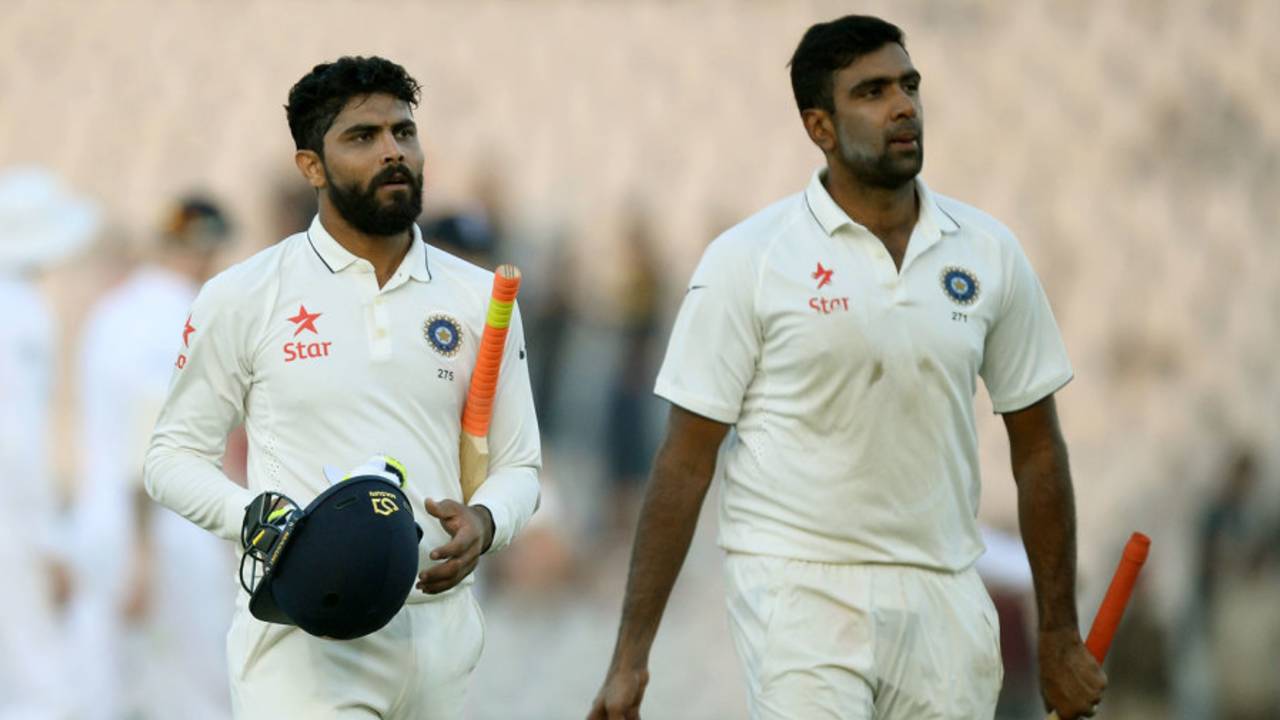India's home dominance: Cherish it, and don't take it for granted
Ashwin, Jadeja and a group of quality fast bowlers have made India near-unbeatable in home Tests, but it won't last forever
Cheat code: They are better with the ball than opposition spinners, for longer, and they can bat too • AFP




Sidharth Monga is a senior writer at ESPNcricinfo
